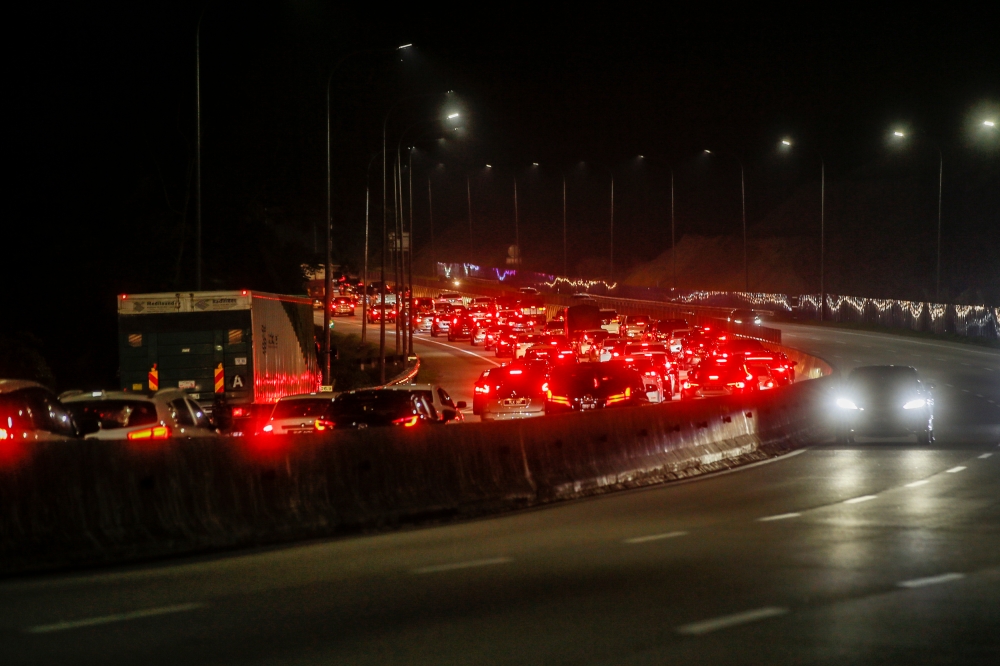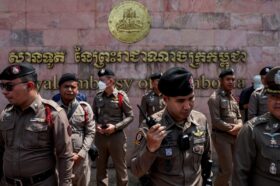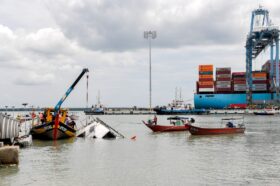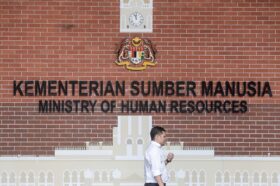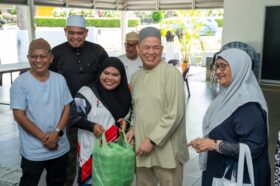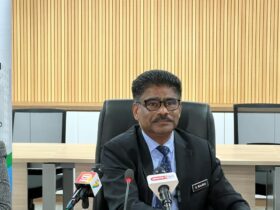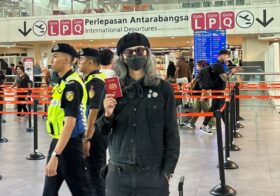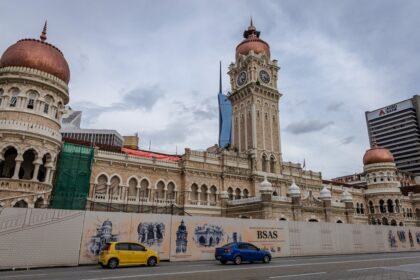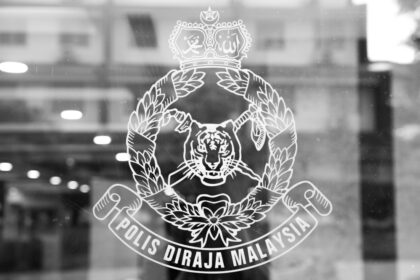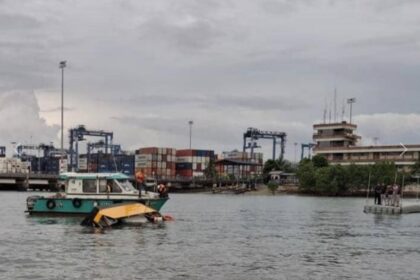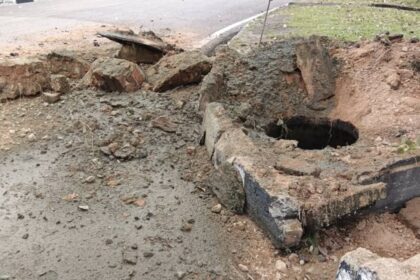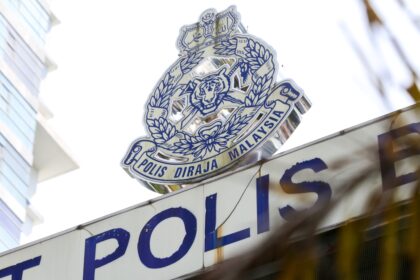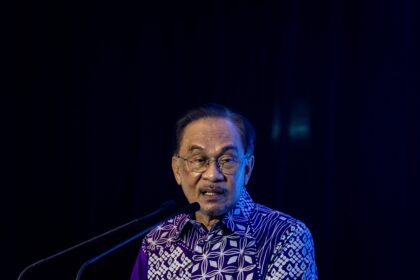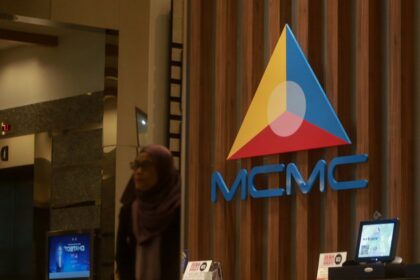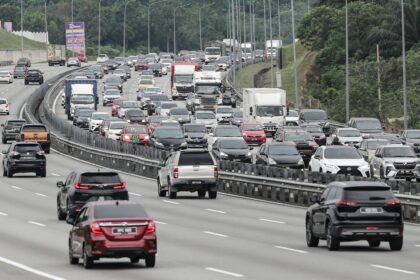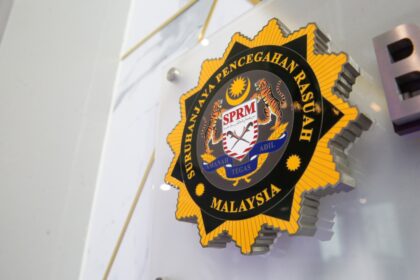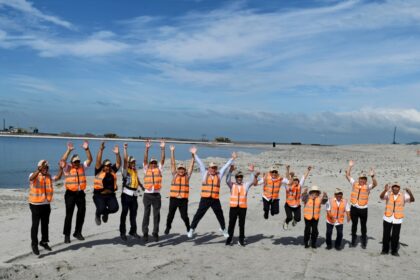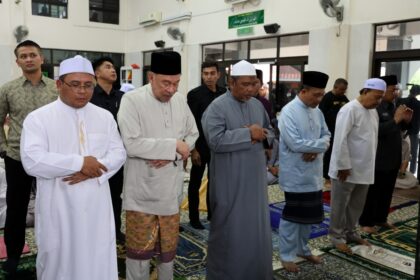KUALA LUMPUR, May 15 — Traffic congestion remains one of Klang Valley’s most pressing challenges.
Aside from the daily frustration, studies have shown there is a severe financial cost to being stuck on the roads. Motorists in Kuala Lumpur and Selangor alone spent roughly RM6.8 billion per year on fuel while idling in traffic, according to experts, who calculated the cost based on the number of cars that go in and out of major areas in the capital city during peak hours.
Public outrage against the perennial traffic gridlocks has not gone unnoticed. Back in 2023, Prime Minister Datuk Seri Anwar Ibrahim’s administration set up a Cabinet committee chaired by Deputy Prime Minister Datuk Seri Ahmad Zahid Hamidi, tasked to find solutions to the issue.
But what exactly has the government done to reduce road congestion, and have they worked?
Short-term solutions: Beef up public transportation and road system
This entailed improving existing infrastructure and systems, with the hope it would nudge a shift towards public transport use.
Within the Klang Valley, Minister of Transport Anthony Loke announced a new transportation mode, the Rapid KL On-Demand service — a van-based system launched in 2024 that adjusts routes based on real-time commuter requests — to complement the bus system by improving first- and last-mile connectivity to major rail networks.
Loke also directed the expansion of bus lanes on major roads like Jalan Ampang and Jalan Genting Klang, hoping to increase average daily bus usage to 285,000 by the end of 2024 — from 241,000 nationwide.
There were several other measures introduced to support the drive towards public transport use, like discounts for regular users and increased frequency of trains at peak hours.
Prasarana Malaysia Berhad, the country’s main public transport infrastructure company, said earlier this year that there was a 24 per cent increase in the average daily number of passengers using all of its services (MRT, LRT, Rapid Bus) in 2024, beating its target of 20 per cent growth for the year.
Still, ridership merely returned to the levels seen before the Covid-19 pandemic, meaning there is technically no real improvement. But Loke and Prasarana said in January that they are targeting a 20 per cent increase by the end of 2025, even though car sales appeared to be on the rise.
Total vehicle sales in 2024 reached a record high of 816,747 units with passenger cars making up the bulk, underpinning the entrenched preference for private car use.
Medium term solutions: LRT3 opening
Loke and the government have repeatedly stated that they recognise the need to expand public transport infrastructure, but such projects take time.
For the time being there is anticipation that the opening of a LRT3 line connecting Bandar Utama in Petaling Jaya to Johan Setia in Klang in the third quarter of this year could reduce some of the traffic congestion around the West of Selangor and Kuala Lumpur.
The 38km rail network is scheduled to be operational on September 30.
Long term solutions: MRT3 line and other projects
The government last year greenlit the mega MRT3 line project despite rumours that it would be shelved given how expensive it would be. A circular line, the MRT3 alignment is meant to be the integrating network connecting the first and second lines as well as other rail systems.
Policymakers have discussed the possibility of deploying smart systems to manage traffic flows — including smart traffic light systems already in use in select areas such as Cyberjaya in Selangor — but just how effective these systems will be in reducing congestion remains unclear if car ownership continues to rise.
Some public transport advocates have said the best way to reduce traffic snarl-ups would be to disincentive the use of private cars through policies that make ownership more expensive, such as congestion charges and higher duties on private vehicles.
But Loke had indicated just March this year that higher taxes or congestion charges will be considered as options only after a “satisfactory” public transport system is in place.
Source:  No end in sight for Klang Valley’s traffic woes? Here’s what the current govt has done to cut congestion so far
No end in sight for Klang Valley’s traffic woes? Here’s what the current govt has done to cut congestion so far
